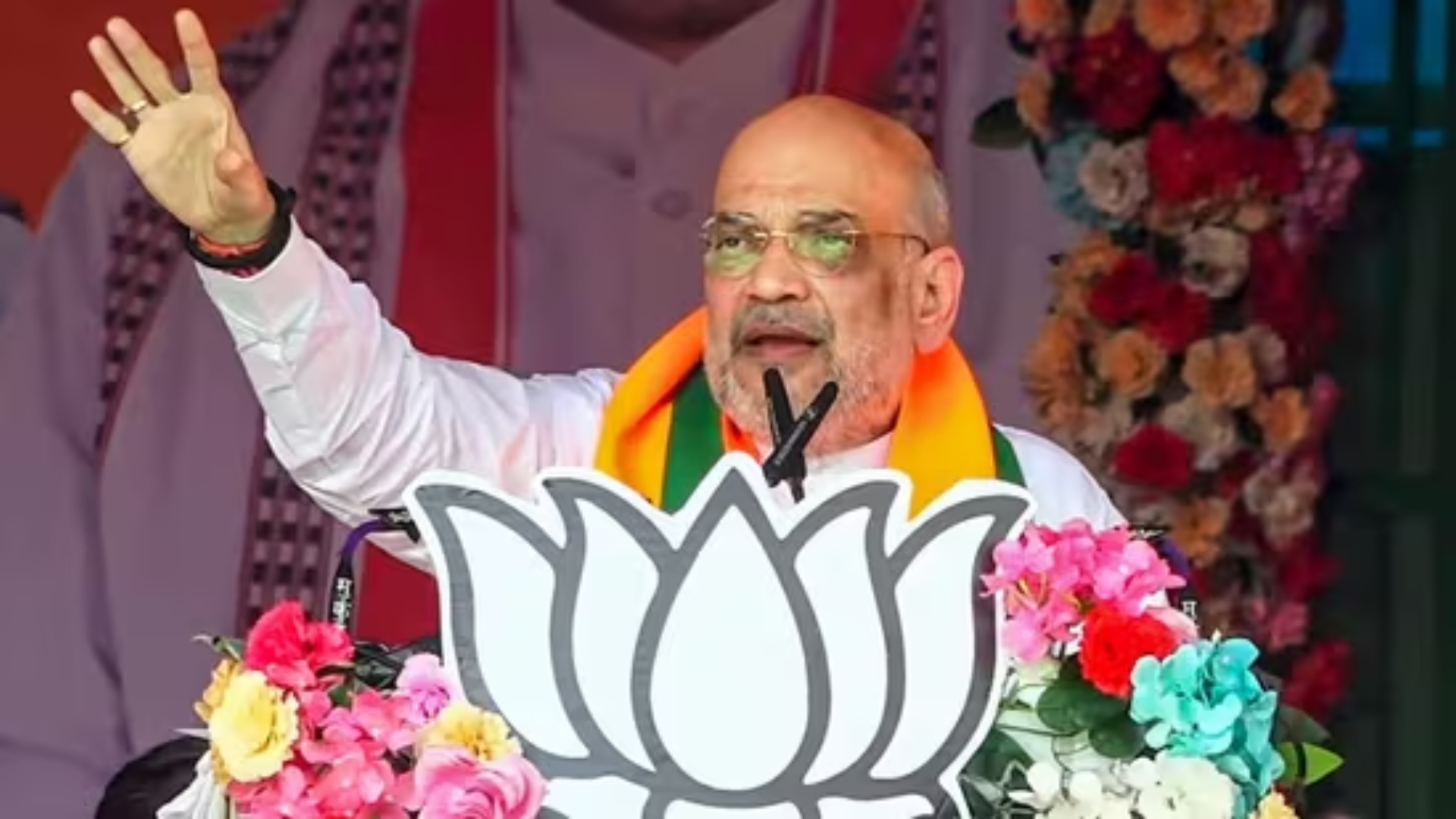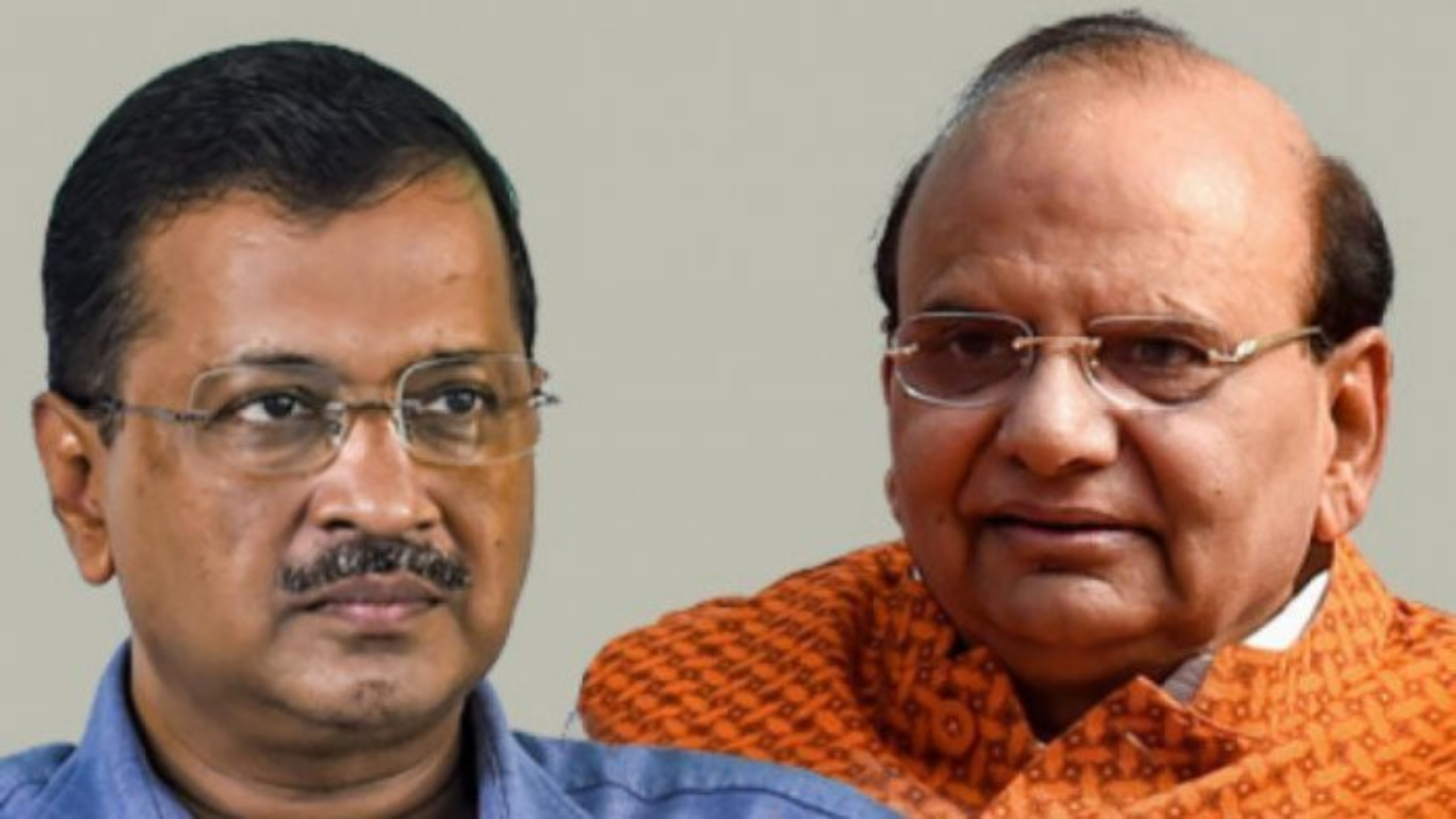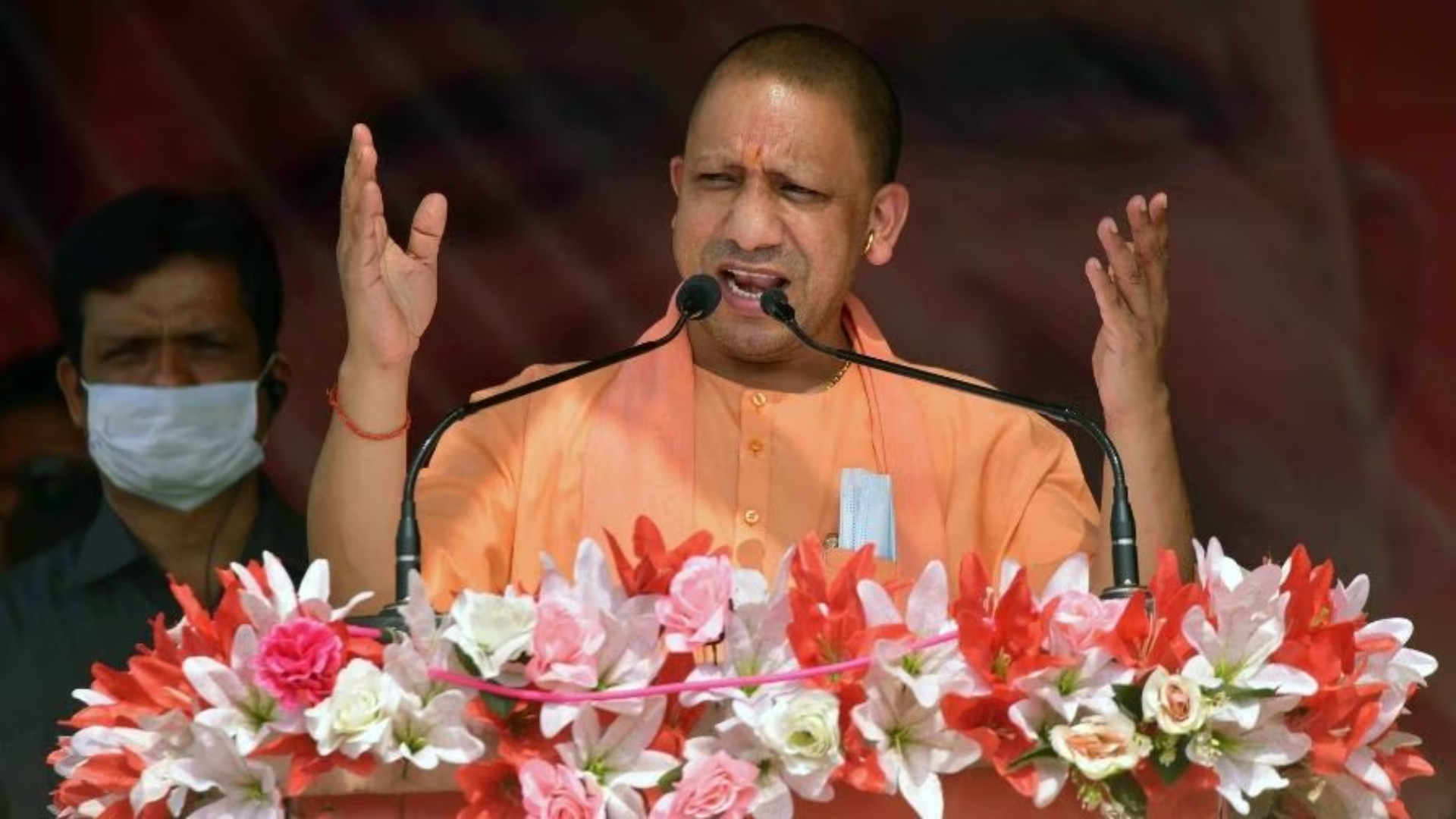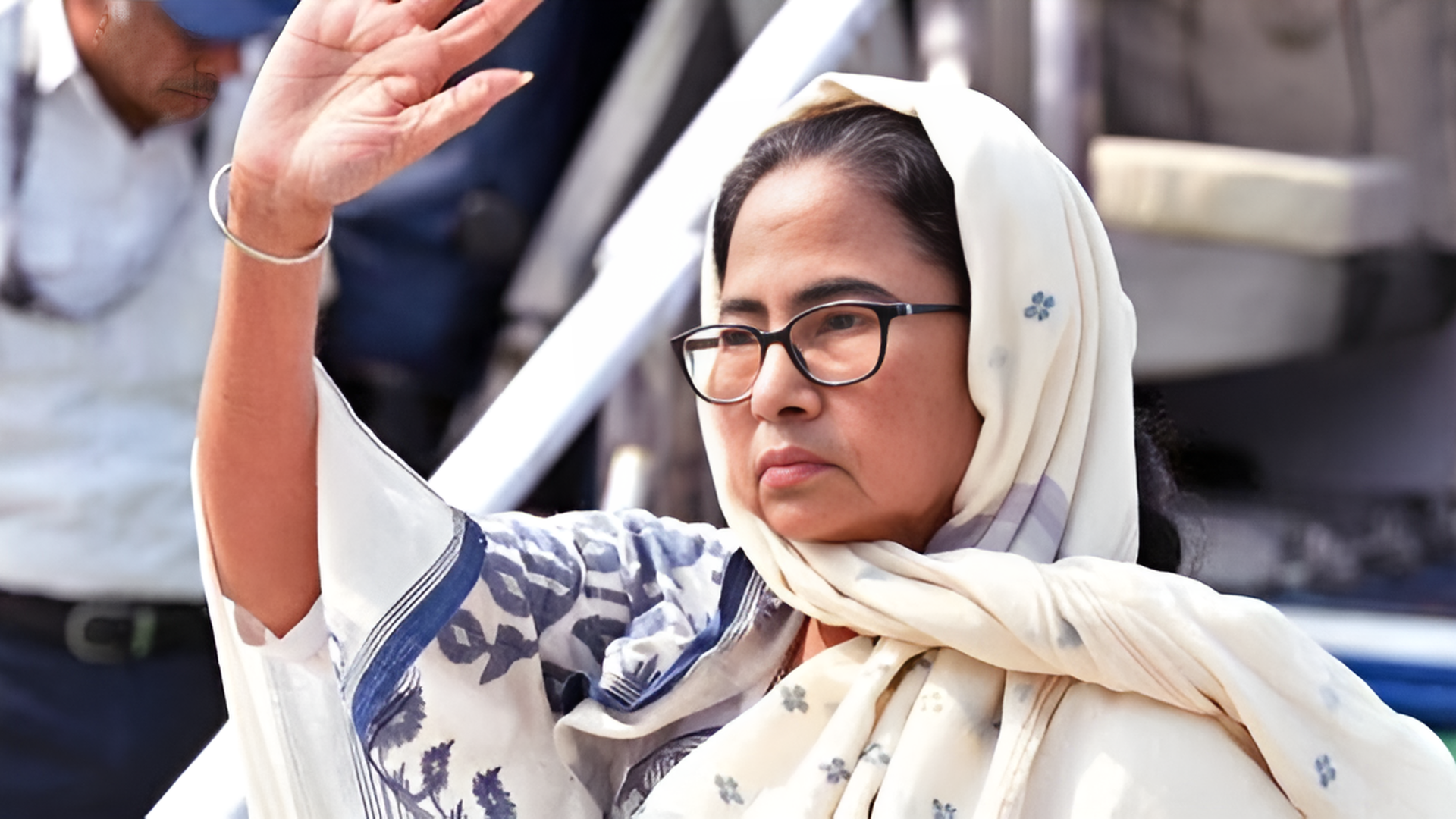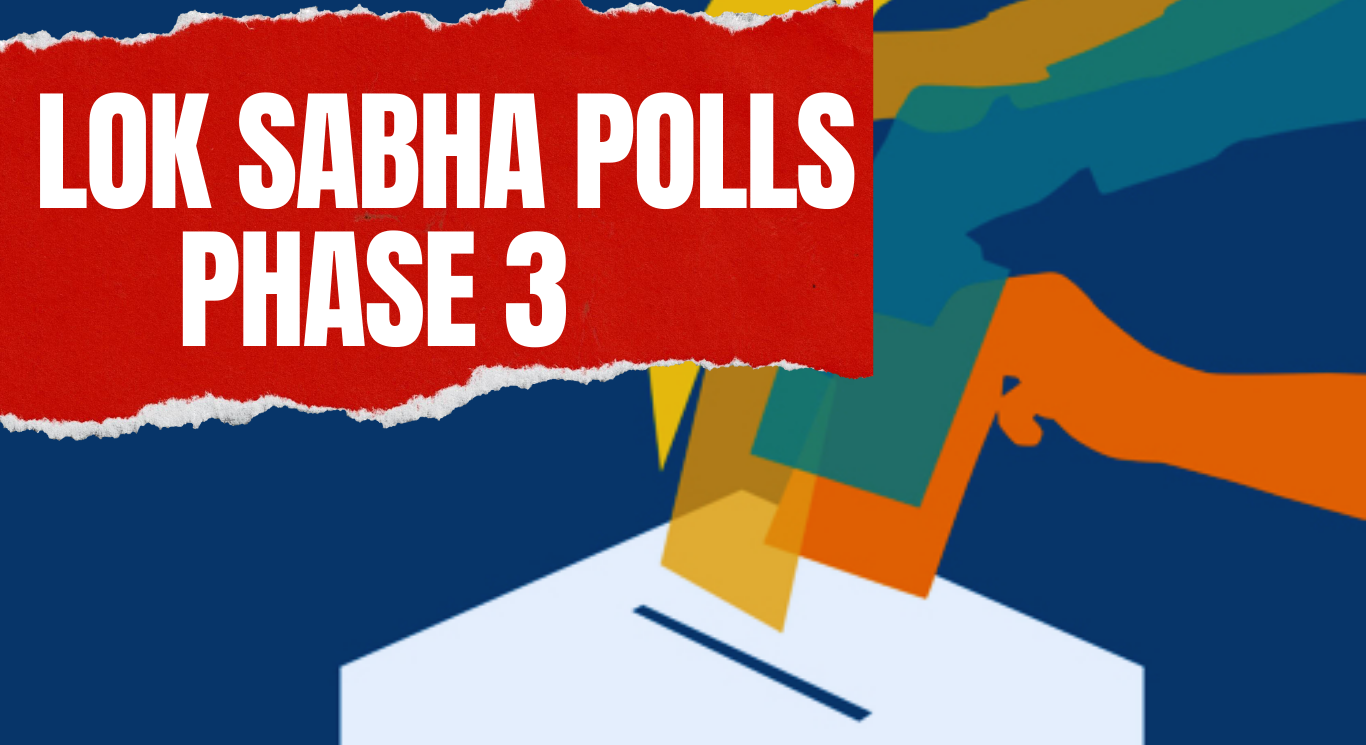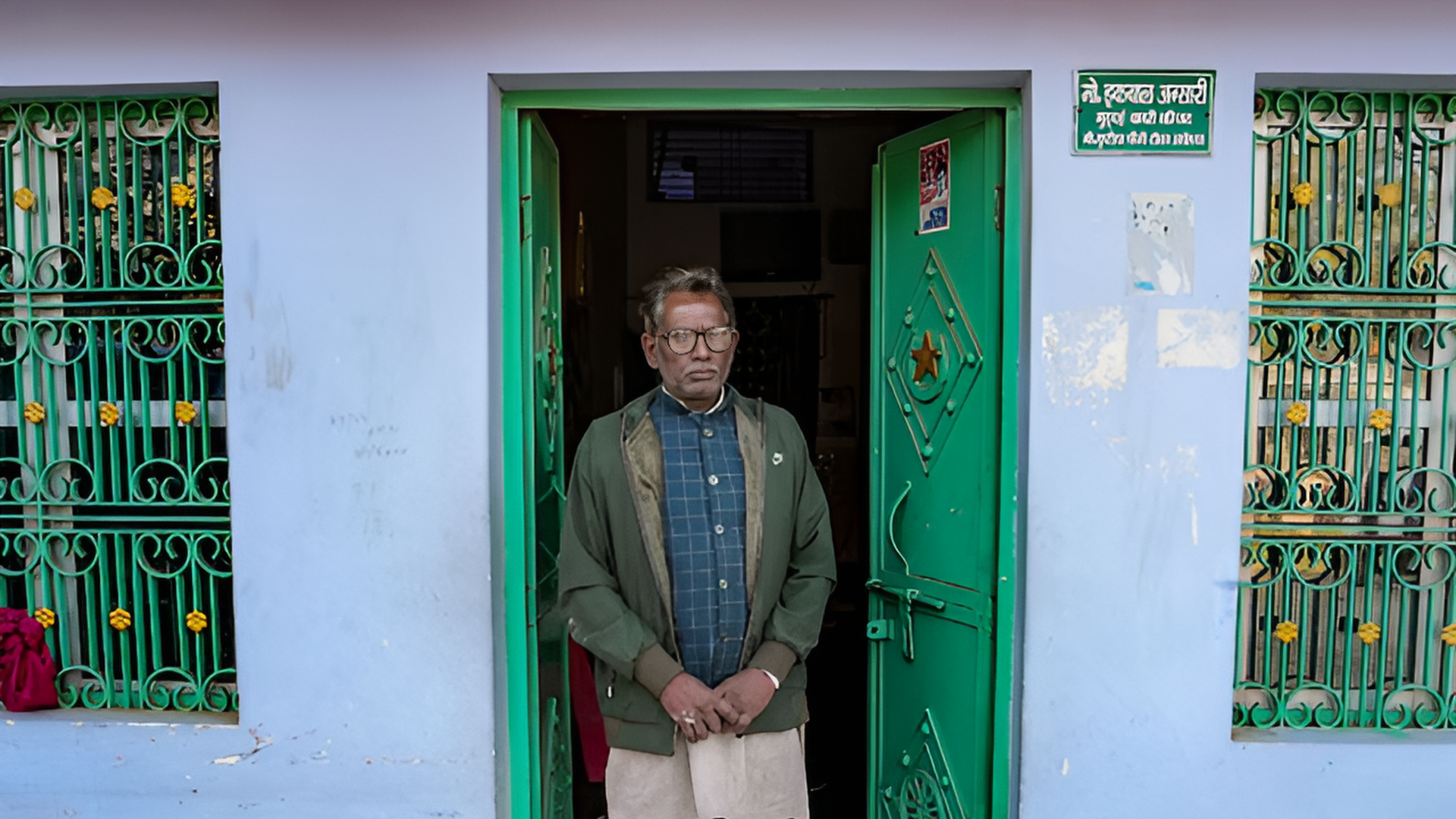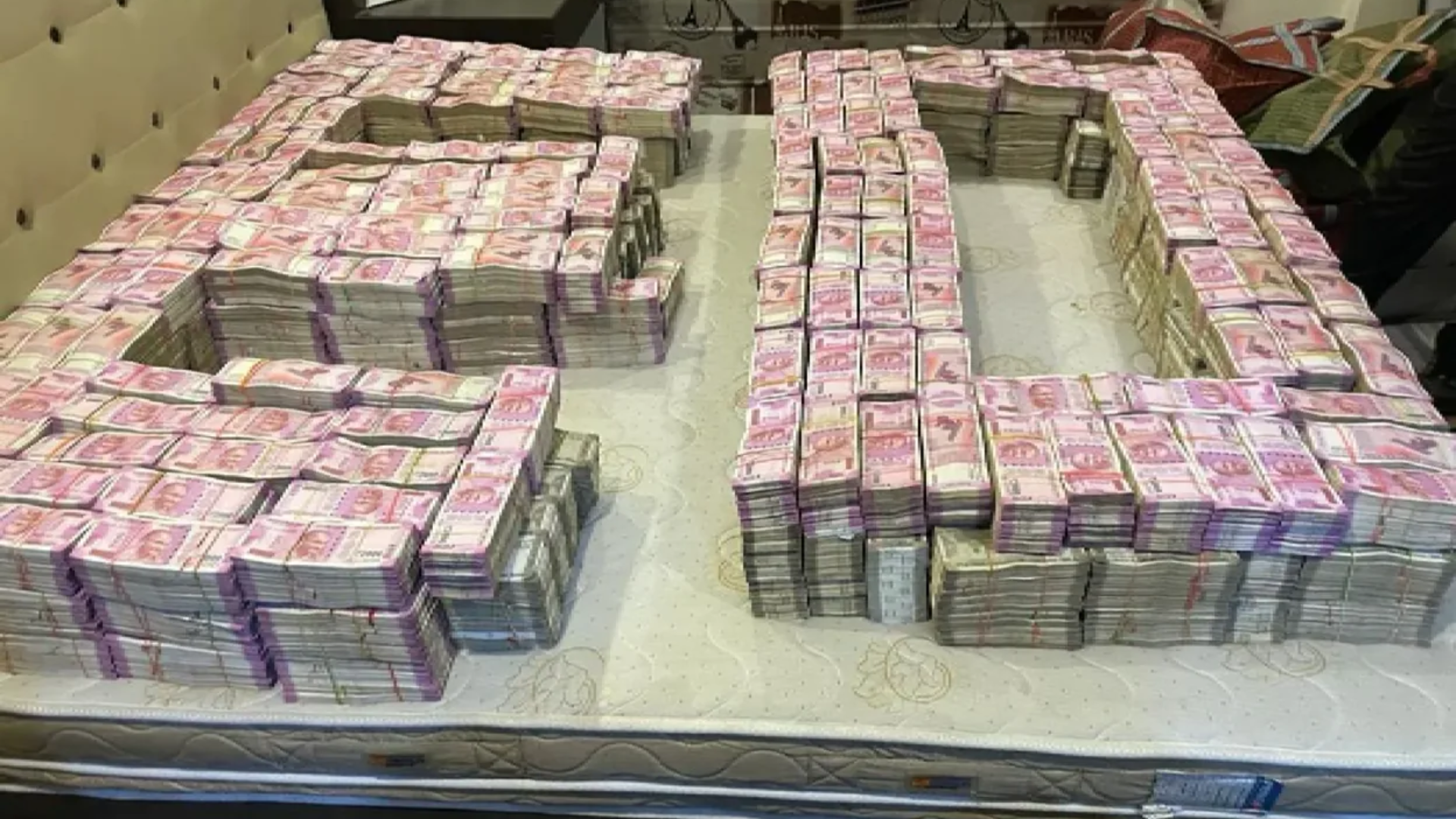


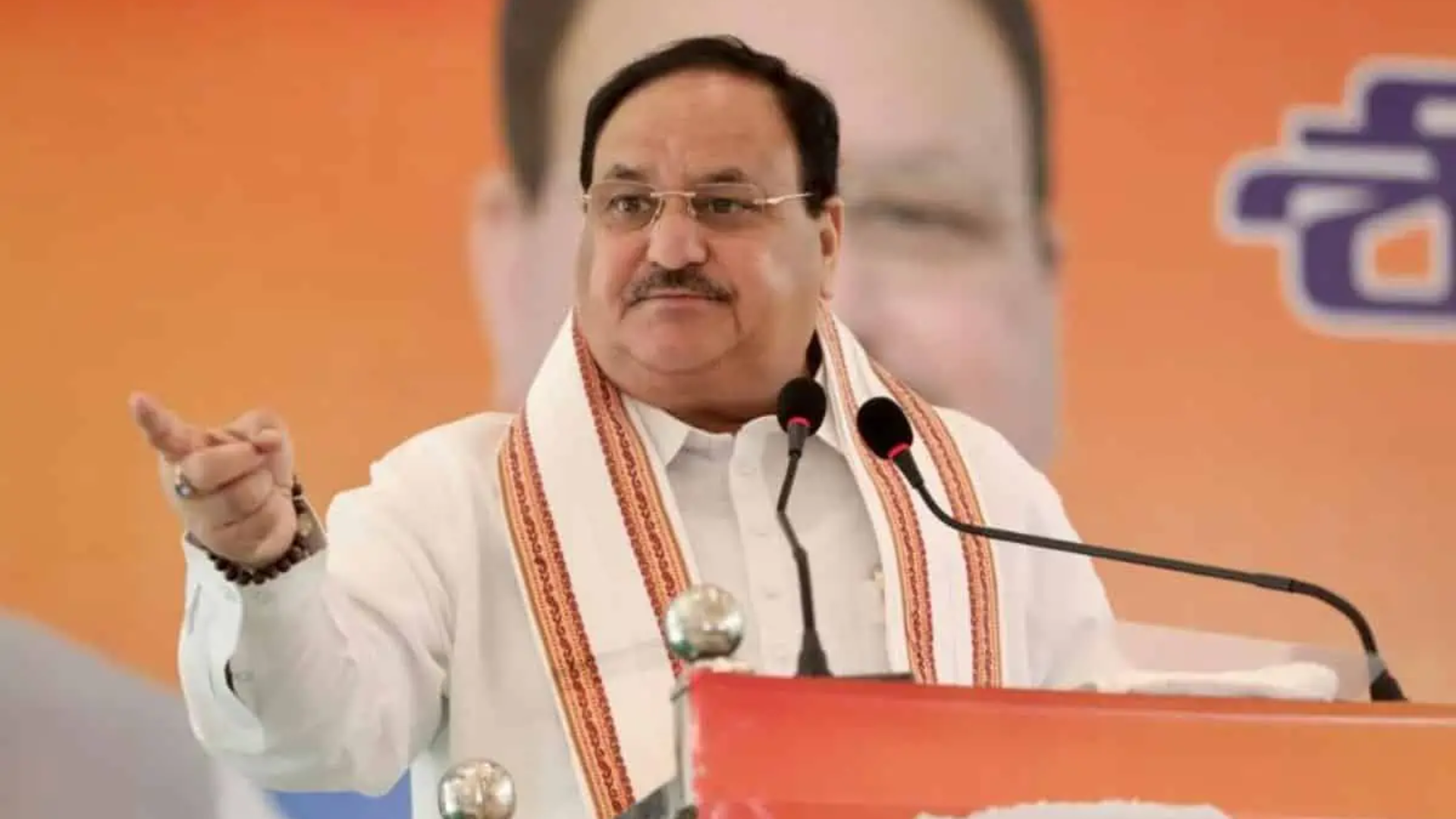
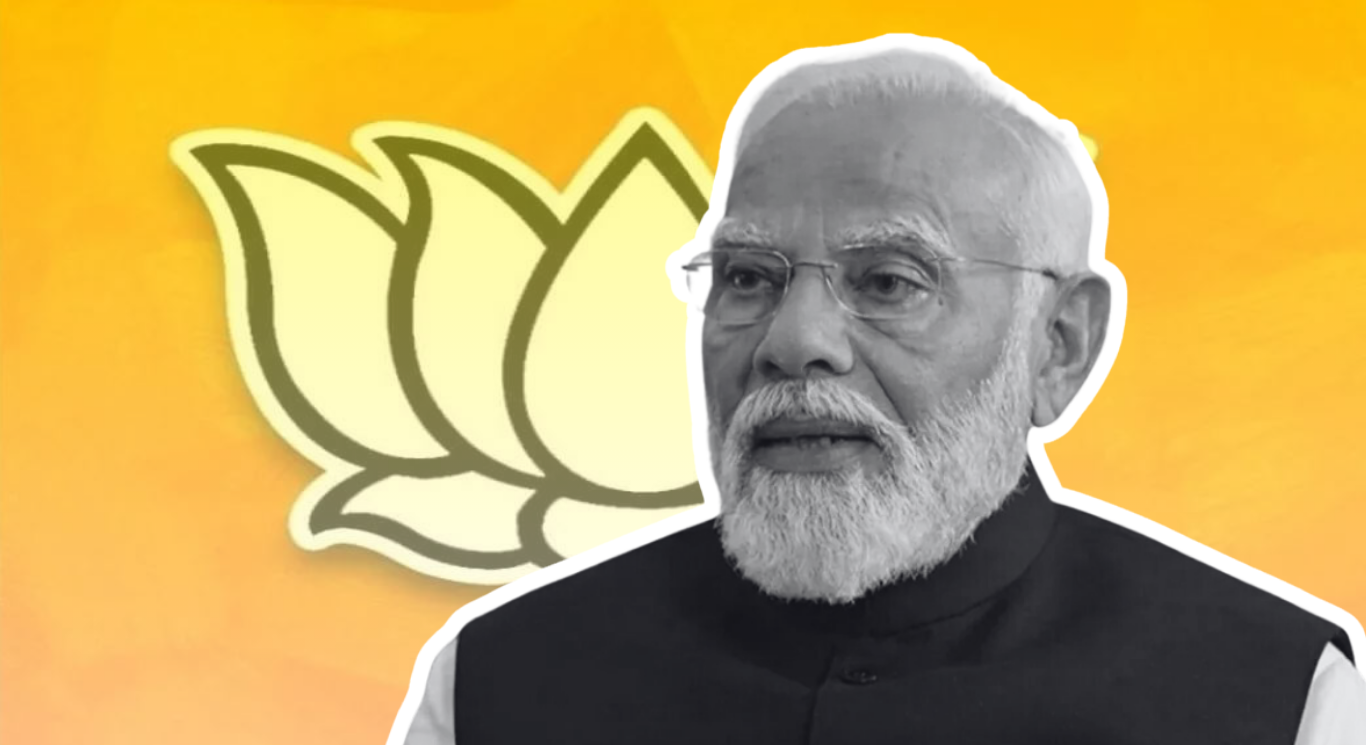
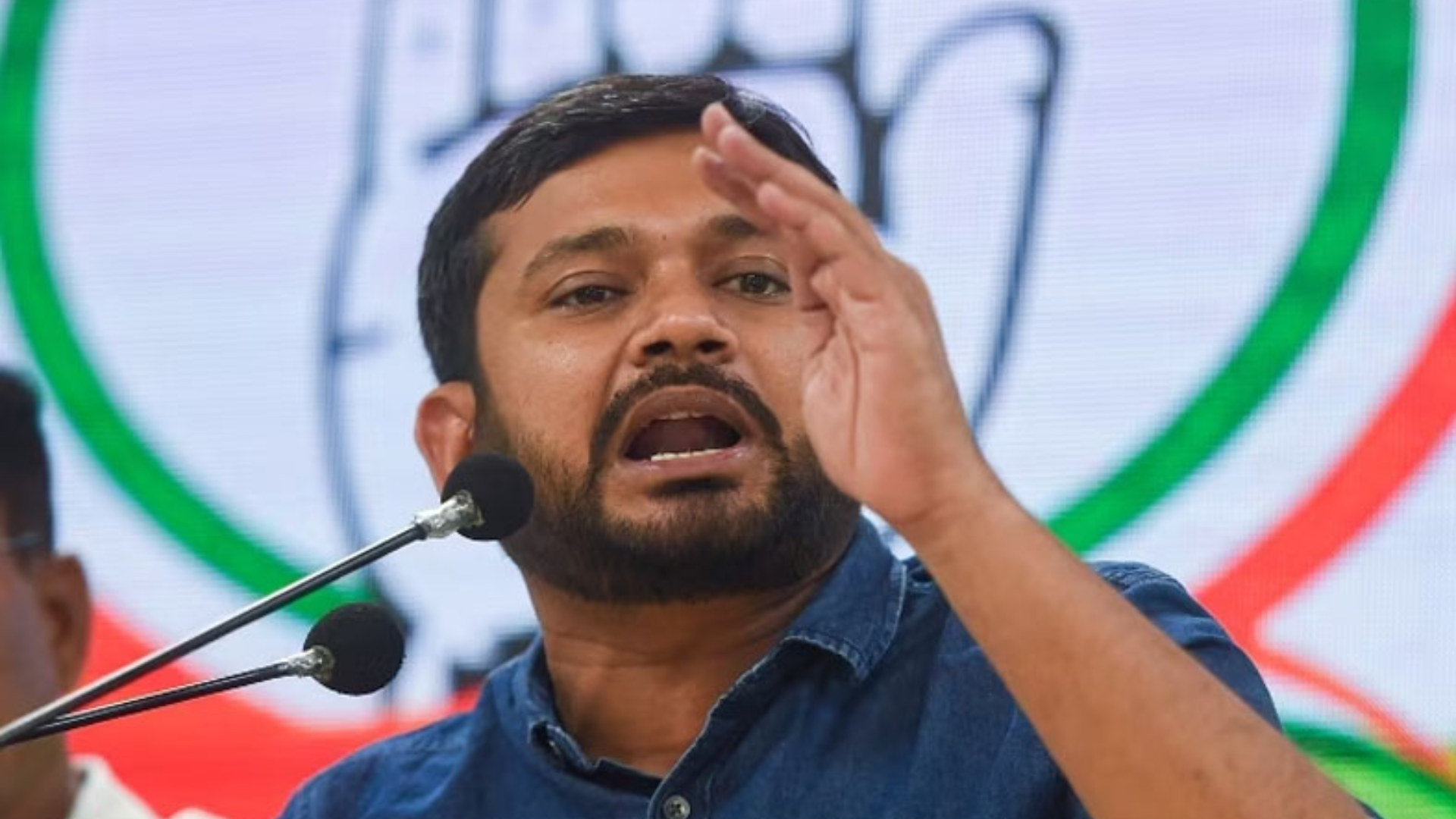
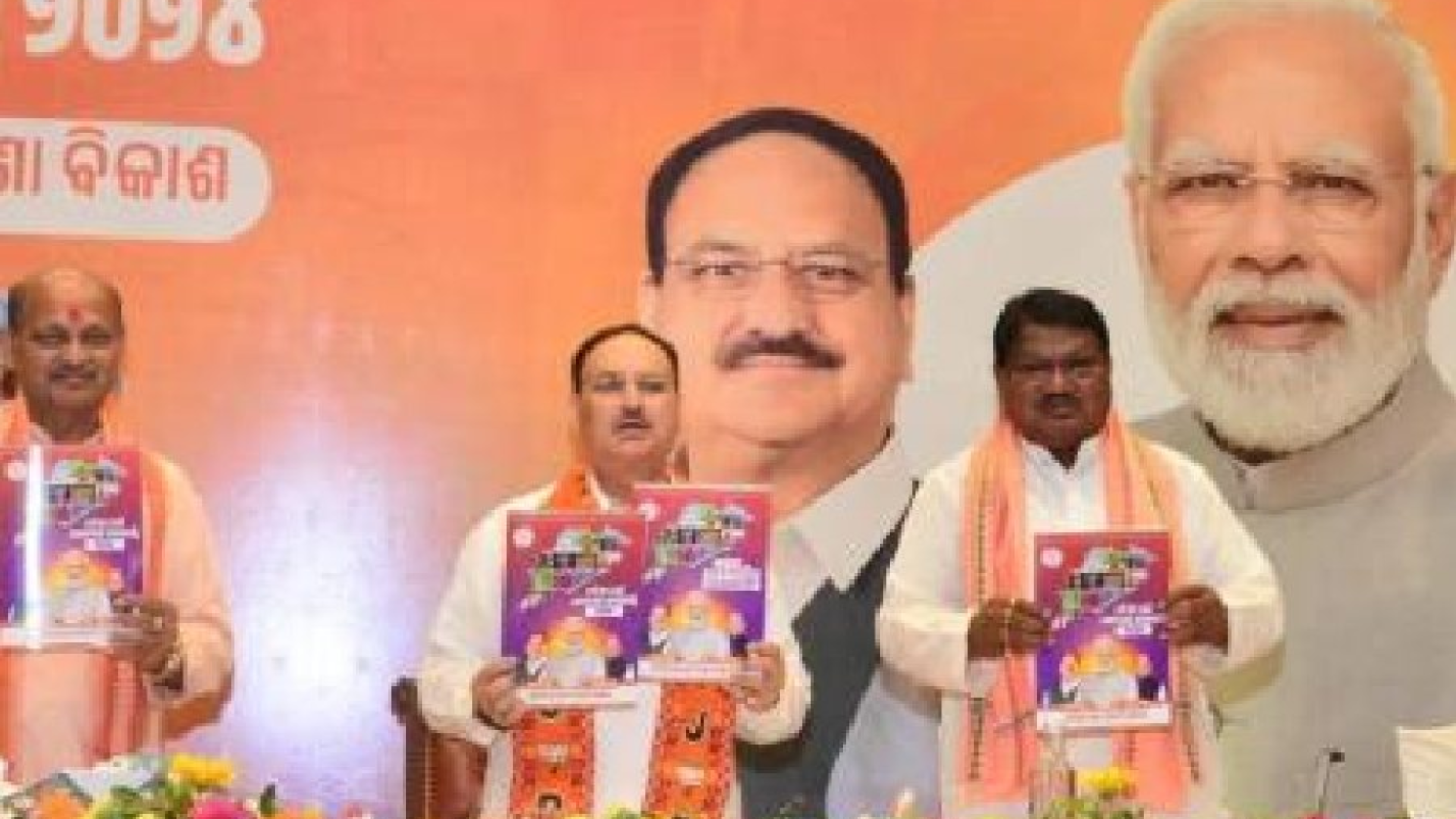
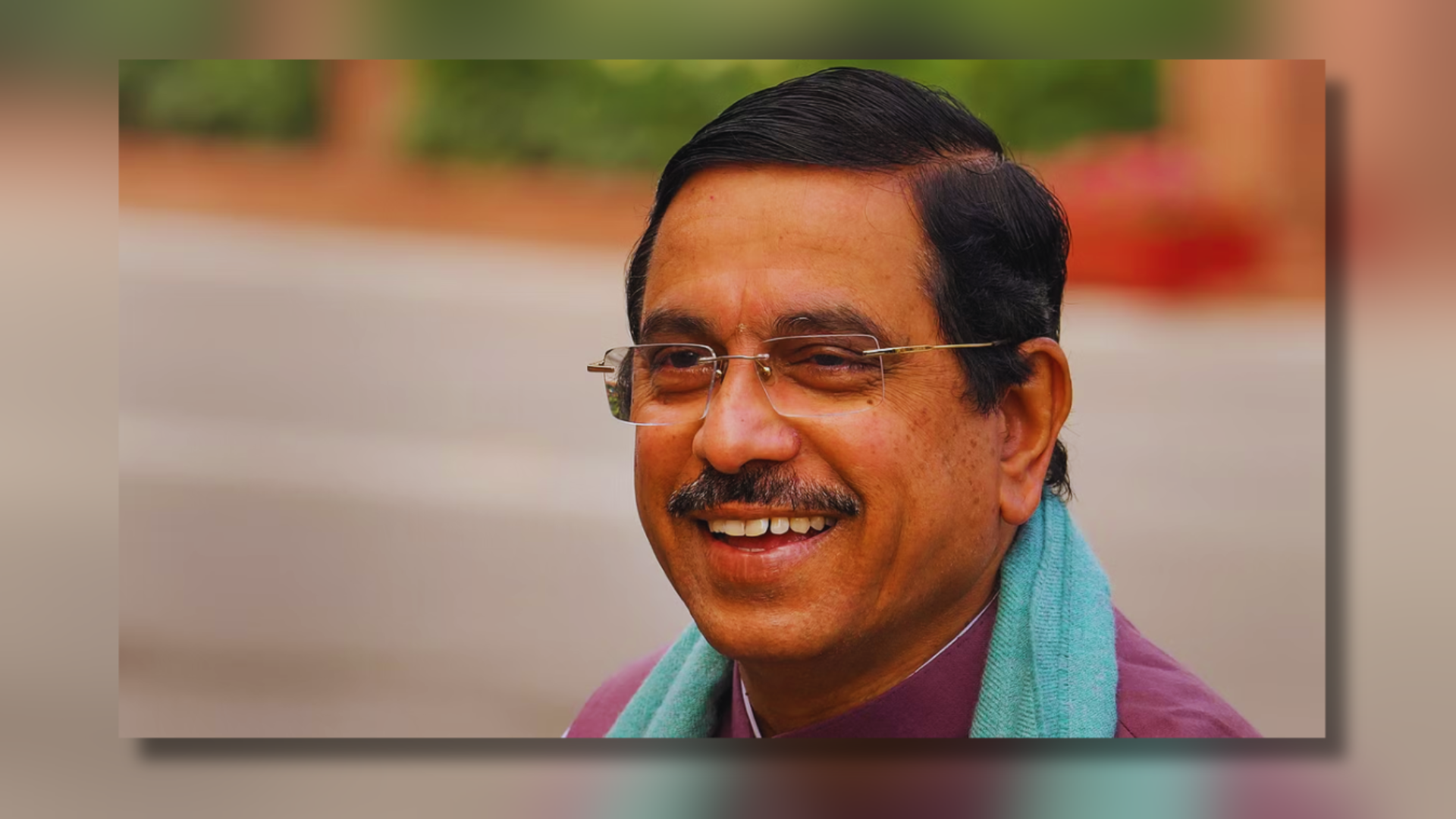
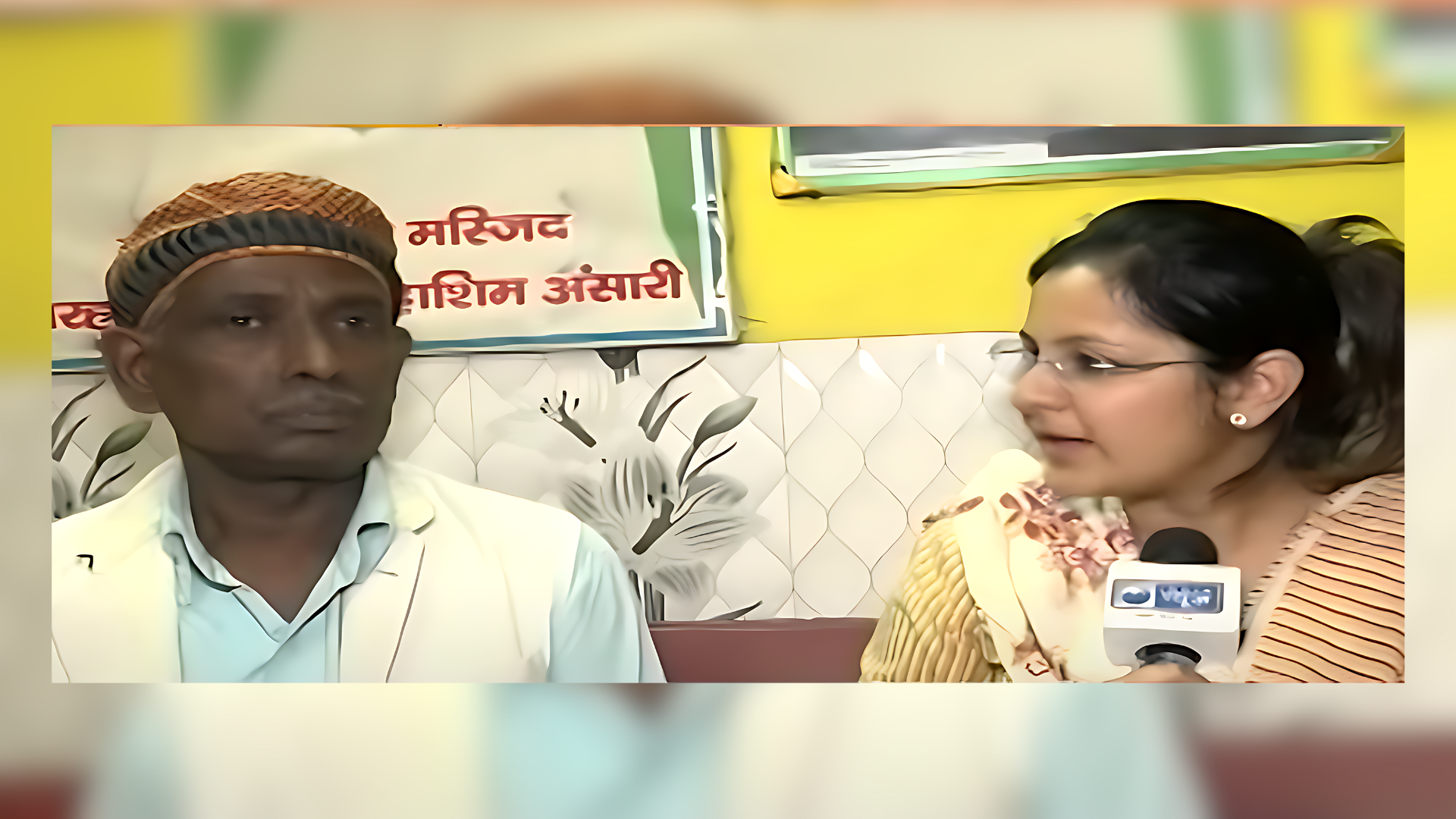
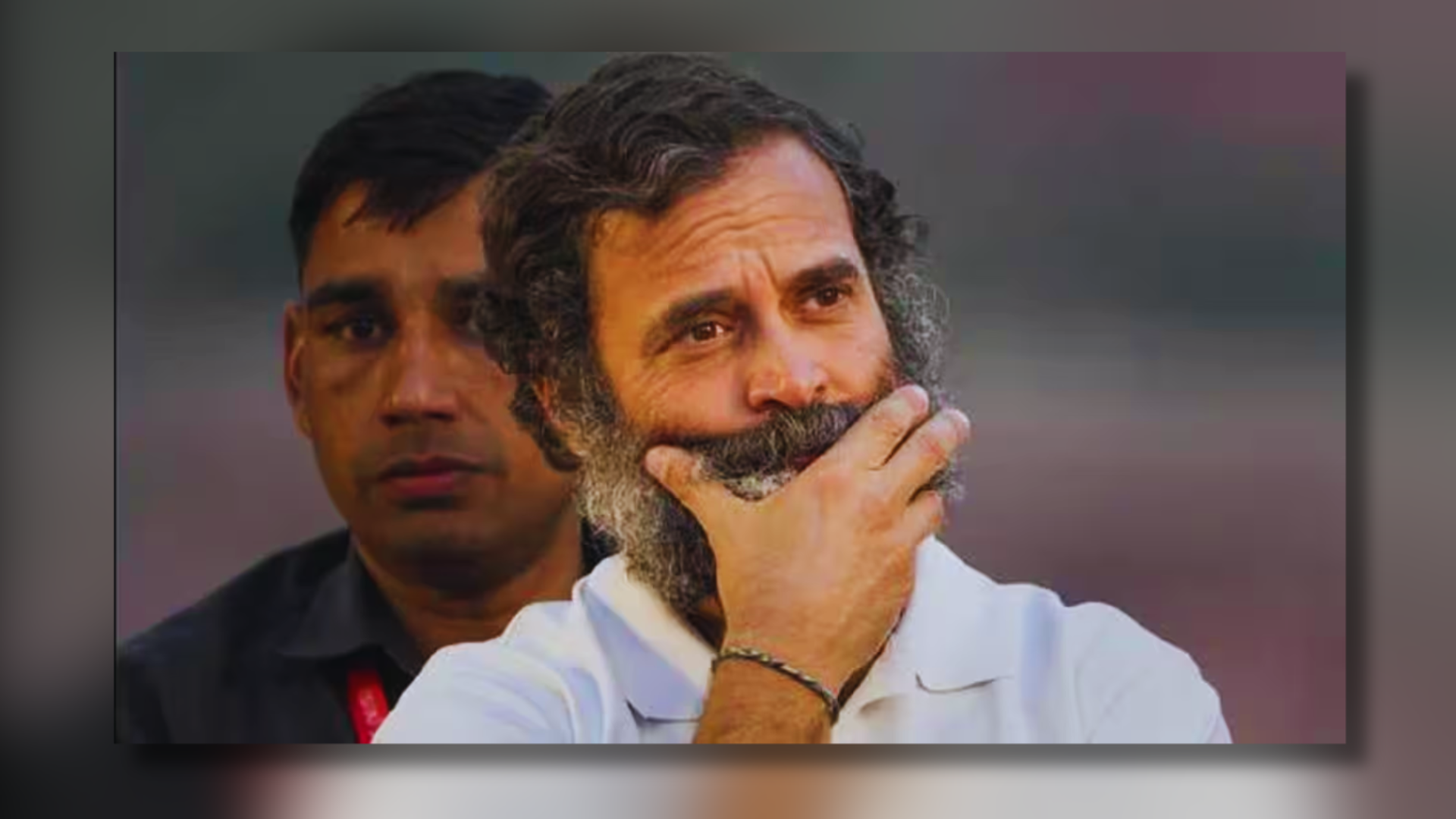
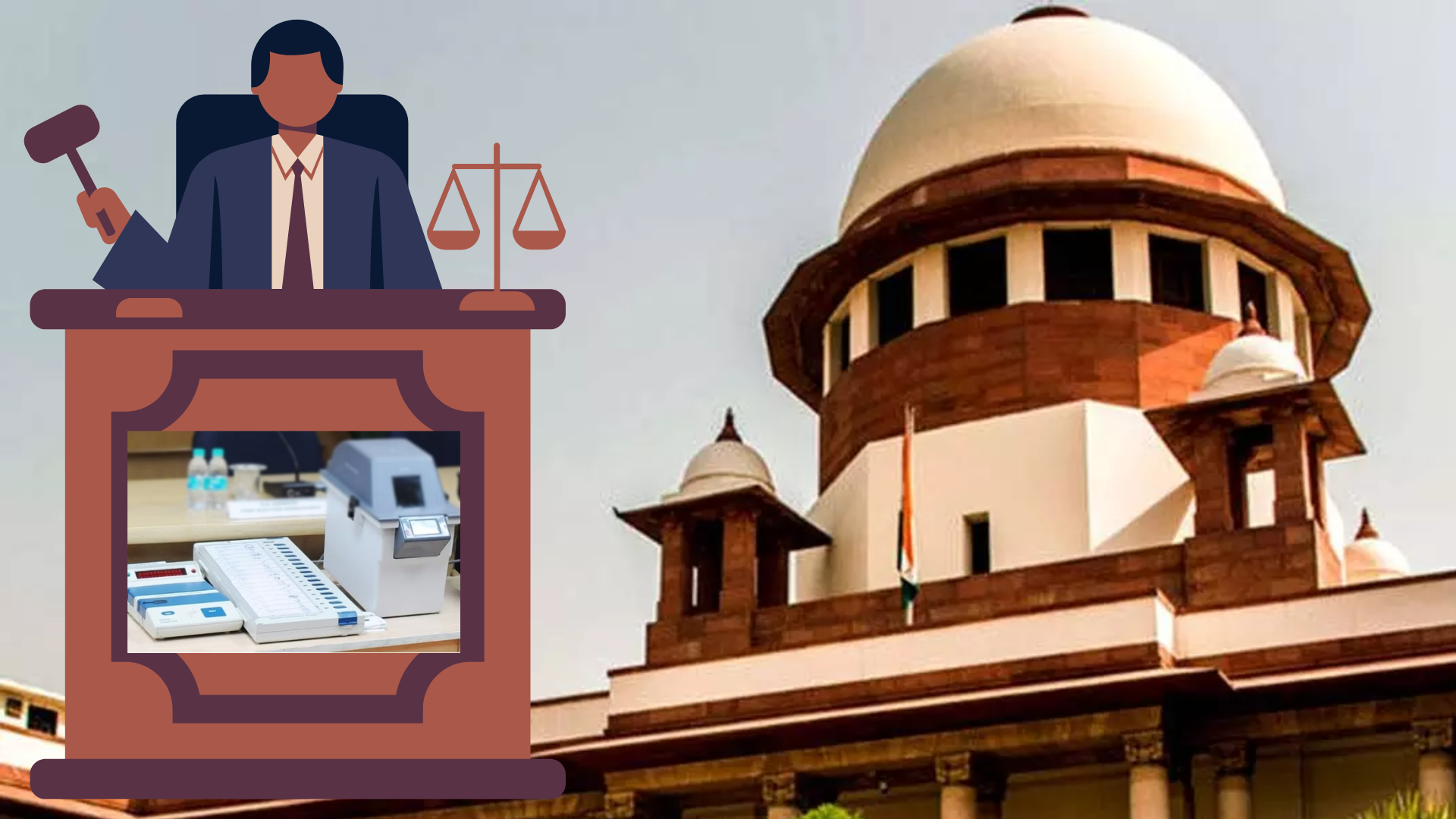
The Supreme Court’s decision to reject petitions seeking 100% verification of Electronic Voting Machines (EVMs) votes with their Voter Verifiable Paper Audit Trail (VVPAT) slips has stirred significant debate and discussion. Public Interest Lawyer and Activist, Prashant Bhushan, highlighted the key directions given by the court while addressing reporters following the ruling.
Bhushan emphasized the importance of ensuring the integrity of EVMs, citing concerns about the potential manipulation of their programmable memory. He underscored the necessity of conducting a paper trail audit of VVPATs and counting all VVPAT slips to address these apprehensions effectively.
Furthermore, Bhushan raised issues regarding the transparency of the VVPAT system, advocating for the replacement of black glass with transparent glass or allowing voters to retain their VVPAT slips before depositing them in a ballot box for later counting.
Despite these concerns, the Supreme Court dismissed all demands presented in the petition. Instead, the court proposed alternative measures, such as exploring the feasibility of using barcodes on ballot papers for mechanical counting and sealing the Symbol Loading Unit for a specified period post-elections to facilitate potential court interventions.
ALSO READ : Lok Sabha Elections 2024 : Nadda Alleges Congress Aims To Allocate SCs’ And OBCs’ Quotas To Muslims
Additionally, the court ruled that candidates could request an examination of the burnt memory of EVMs, with the associated costs borne by the candidate making the demand. With these directives, the court concluded the petition, offering a mixed response to the concerns raised.
Notably, the Supreme Court also declined the plea to revert to ballot paper voting, reaffirming its confidence in the EVM system. The unanimous verdict delivered by the two-judge bench of Justice Sanjiv Khanna and Justice Dipankar Datta reflects the court’s stance on the issue.
The decision has sparked varied reactions, with proponents of electoral transparency expressing disappointment over the court’s refusal to mandate comprehensive verification measures. On the other hand, supporters of the EVM system welcome the court’s validation of its reliability and effectiveness in conducting free and fair elections.
As India navigates its electoral landscape, the debate surrounding EVMs and electoral integrity continues to evolve, with stakeholders on all sides seeking to uphold democratic principles and ensure the credibility of the electoral process.


